FS Colour Series: Gouache inspired by Rene Magritte’s Lucid Dreams
There is a pale, almost lilac tinge to Gouache Linen’s pastel blue, echoing the dreamy, mystical light of Belgian Surrealist Rene Magritte. Master of the uncanny, Magritte transformed familiar objects into magical or metaphorical symbols by floating them amidst hazy, pastel skies and airy white clouds, letting them drift off into another world, where lucid dreams unfold. “Everything we see hides another thing,” he observes, “we always want to see what is hidden by what we see.”
Magritte was born in Lessines, Belgium in 1898, and would be the eldest in his family of three boys. From an early age he embraced an avant-garde approach to art, producing Impressionistic images as early as 1915, before going on to study at the Academie Royale des Beaux-Arts in Brussels and later embraced the progressive styles of Futurism and Cubism to depict the female nude. In the early 1920s Magritte found work as a poster and advertisement designer, earning him skills in bold, graphic simplicity that wold play out in his later paintings.
Magritte first began to embrace Surrealism in the mid-1920s, as revealed in his first solo exhibition in Brussels in 1927, which was heavily criticised by the press. In Paris, Magritte found a more receptive peer group and joined the Surrealist group in the late 1920s, where he developed his trademark dream-like, carefully painted style which hinted at an alternate reality just beyond the physical world. Though he only spent three years in Paris before returning to Brussels again, the friendships he made and ideas he absorbed would fuel him for the rest of his career.
In the early painting La Condition Humaine (The Human Condition), 1935, Magritte reveals an early fascination with the nature of perception. From inside a dark cave, a misty, pastel toned mountain-scape opens out with the pale freshness of morning light. Blocking the view is a painting of the same scene, only just visible as it merges with its surroundings, inviting us to question reality versus its depiction, while hinting at painting’s ability to transport us to another realm.
Similarly, La Victoire (The Victory), 1939 presents us with a slightly open door, pushed just wide enough for a puff of cloud to pass through. As solid as the pale, buttery sand below it at the base, Magritte’s door gradually dissolves into a pastel, lilac tinged sky above and there is a tantalising invitation for us, too, to pass through and disappear into the transcendent wide blue sky.
In Magritte’s later years, many of his paintings took on a minimal elegance as iconic, singular motifs filled the entire canvas, and by the 1960s Magritte had found international success. Hazy, dreamy blue skies in pastel and lilac blue continued to roll out across many of his scenes, including the delicately balanced La Corde Sensible (The Heartstring), 1960. A single cloud sits precariously on a sensuously curved wine glass, contrasting weightless vapour with grounded solidity, while a hint of threat and danger lingers as the cloud threatens to burst and flood the scene. As with many of his paintings, the unlikely juxtapositions, exaggerated scales and fairy-tale setting of this painting suggest the enigmatic unravelling of something unknowable, pointing to the spark of mystery that underpins the best aspects of our existence, as Magritte points out, “Mystery is what is absolutely necessary for reality to exist.”
Made six years later, La Decalcomanie (The Decalcomania) 1966 features a bowler hatted gentleman seen from behind, another of Magritte’s favourite motifs, which came to symbolise the everyday, ordinary man. The work’s title, ‘Decalcomania’ makes reference to the Surrealists’ much loved ‘butterfly print’ or ‘decal’ process of pressing together and opening out inked paper to make two symmetrical parts. But in this image the mirroring sides conflict between open and closed space, as the man’s silhouette on the right cuts a hold through a heavy curtain to reveal a cloudy, pastel blue sky beyond. Seen from behind, Magritte’s gentleman seems to gaze dreamily out to the distant horizon as if melting into a daydream, or perhaps contemplating a new life out there beyond the blue.





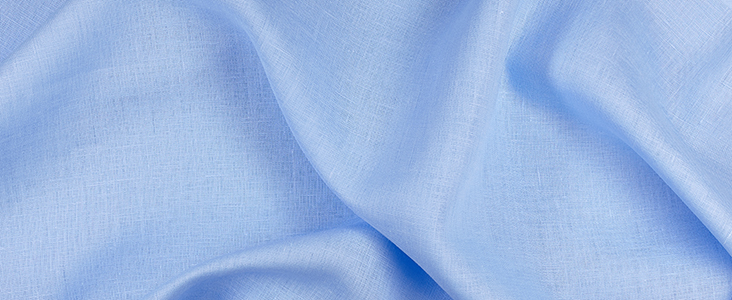

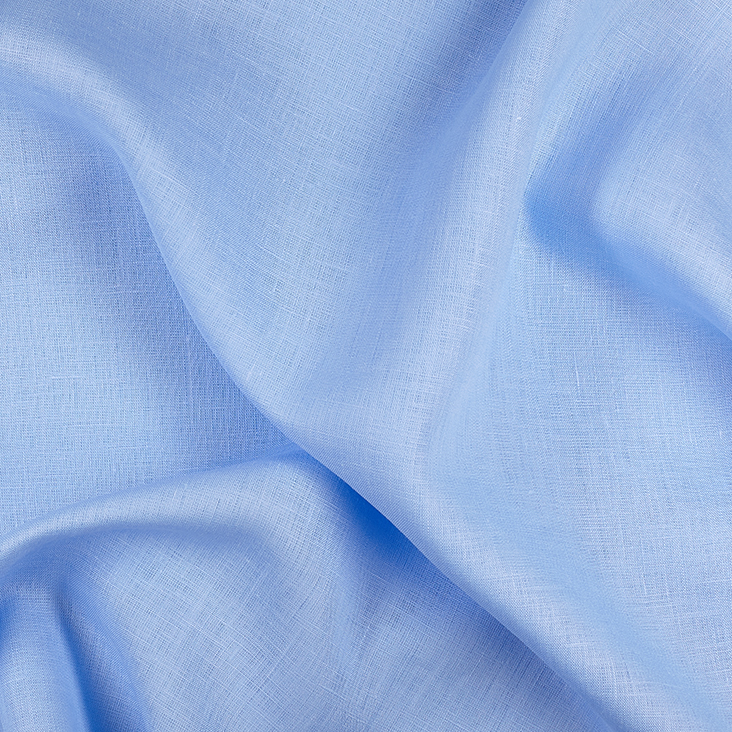
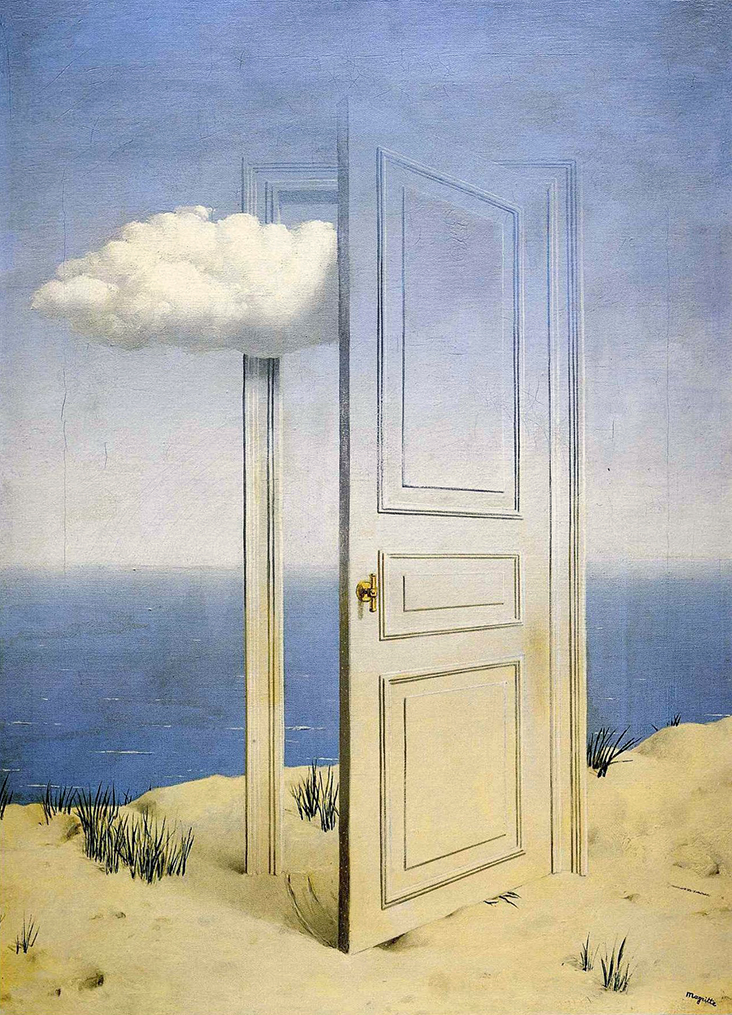
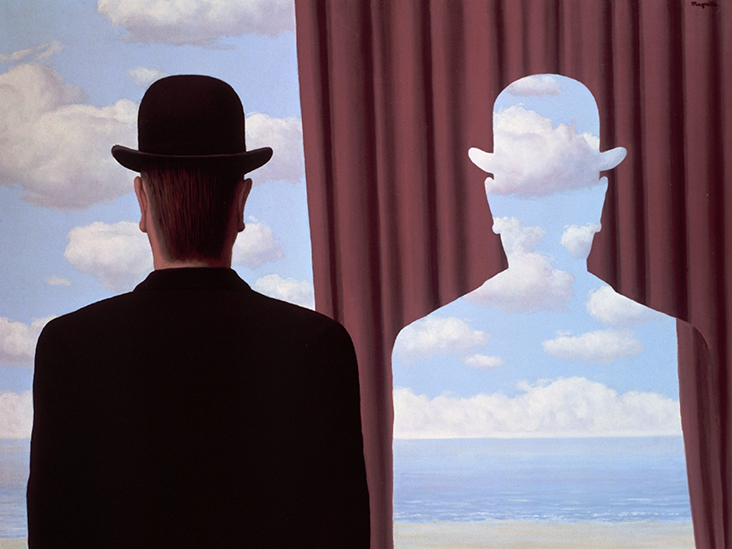







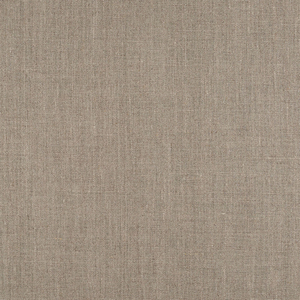

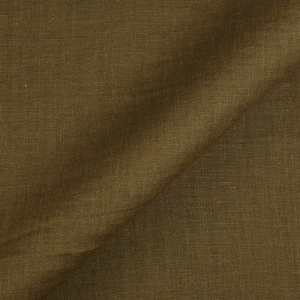


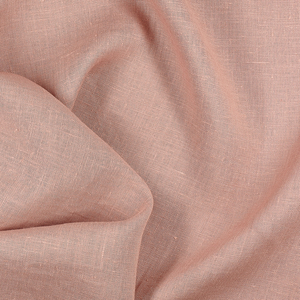




















One Comment
Vicki Lang
The whimsy of Rene Magritte’s art work is refreshing to see and the Gouache color looks so light and airy. Love the color. As always your words bring out the magic of the artist.